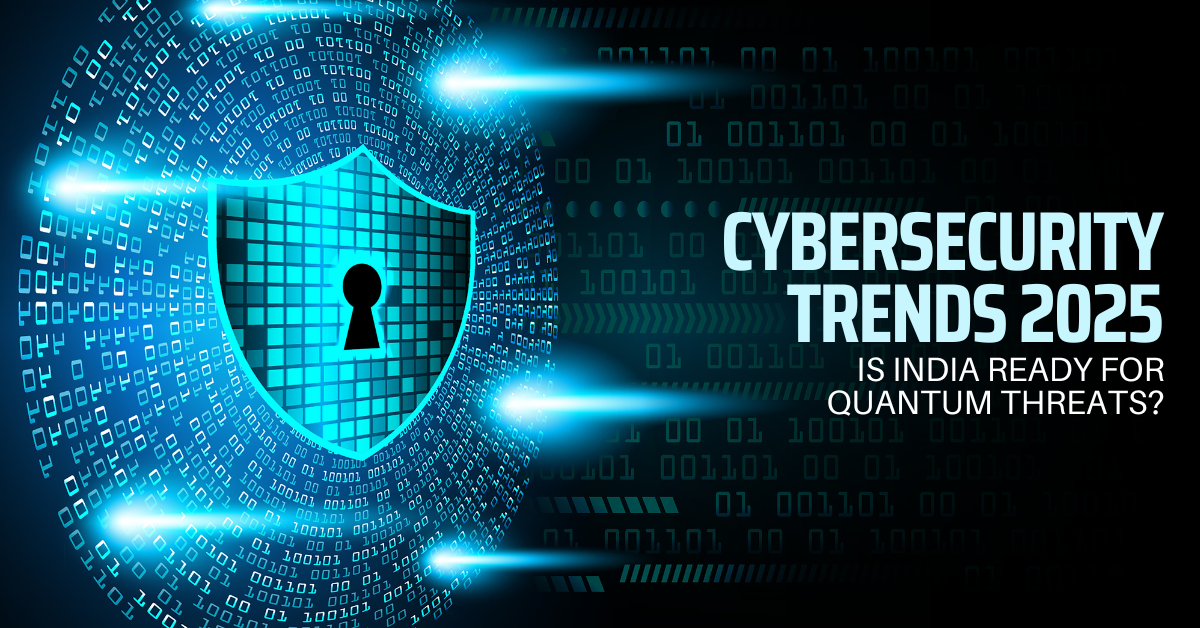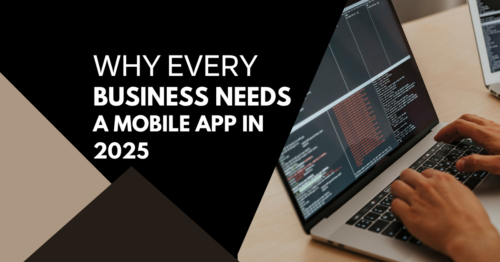Introduction: A New Era of Cybersecurity Has Begun
As India races ahead in digital innovation, cybersecurity in 2025 is no longer just about antivirus software or firewalls. It’s about securing data in a world where AI, IoT, and quantum computing intersect. With over a billion digital identities, expanding cloud infrastructure, and growing geopolitical tensions, India must now ask:
Is our cybersecurity framework strong enough to handle the threats of the quantum future?
This article breaks down the latest cybersecurity trends shaping India in 2025, with a special focus on the looming challenge of quantum computing threats — and what steps the nation must take to stay ahead.
The Digital Landscape in India: 2025 Snapshot
India is now one of the largest data economies in the world, driven by:
Rapid 5G and upcoming 6G adoption
Over 900 million internet users
Digital India initiatives in governance, finance, and education
Widespread use of IoT in smart cities, agriculture, and health
Rising use of blockchain and AI in enterprise and defense
With every layer of digital transformation comes a new layer of vulnerability — and cyberattacks are getting faster, more intelligent, and more damaging.
Top Cybersecurity Trends in India (2025)
1. AI-Powered Threat Detection & Response
AI is not just used by defenders — attackers are using it too. In 2025, Indian cybersecurity firms are deploying AI-powered detection systems that:
Predict abnormal behavior patterns
Respond to threats in real time
Learn from attacks to improve future defense
Use Case: Financial institutions are using AI to stop deepfake-based frauds and voice phishing attempts targeting users with regional language accents.
2. Zero Trust Architecture (ZTA) Becomes Norm
The “trust but verify” model is gone. Now, nothing is trusted by default — not even internal users.
ZTA in India is being widely adopted by:
Government ministries (especially defense, energy, and health)
IT service companies
EdTech and FinTech platforms
With multi-factor authentication, continuous verification, and micro-segmentation, ZTA ensures that only the right person accesses the right resource at the right time.
3. Cyber Insurance Uptake Surges
As cyberattacks cost businesses crores in downtime and data loss, cyber insurance has become a business essential. Major Indian insurers now offer policies that cover:
Data breaches
Ransomware payouts
Business interruption
Legal costs
Startups and SMEs are being urged to not only protect data — but insure it.
4. Data Privacy Becomes Business Critical
With the Digital Personal Data Protection Act, 2023 fully operational, compliance is no longer optional in 2025.
Companies must:
Disclose what data is collected and why
Let users opt out
Store and transfer data securely
Report breaches quickly
Failure to comply can now result in heavy fines and brand damage.
5. Cybersecurity Talent Gap Still Exists
While India produces world-class IT talent, there’s still a shortage of cybersecurity professionals with deep expertise in:
Penetration testing
Threat intelligence
Secure architecture
Quantum-safe cryptography
Universities and private institutions are ramping up cybersecurity education, but demand still outweighs supply.
The Coming Storm: Quantum Threats and India’s Readiness
What Is the Quantum Threat?
Quantum computers can solve problems exponentially faster than classical computers. That’s great for science — but dangerous for security.
Why?
Because most current encryption methods — like RSA and ECC — can be broken by a sufficiently powerful quantum computer.
This means:
Encrypted emails, financial data, health records — can be exposed
Digital signatures and blockchain records — can be forged
National security secrets — can be cracked
Post-Quantum Cryptography (PQC): The New Frontier
In 2025, the world is racing to develop quantum-resistant encryption algorithms. India too has joined this race with:
Quantum Lab initiatives under DRDO and ISRO
Collaboration with global agencies like NIST and ITU
Indian startups and academia researching lattice-based cryptography and multi-variate encryption methods
However, widespread migration to PQC is still in early stages.
Who Is Most at Risk?
| Sector | Quantum Vulnerability |
|---|---|
| Banking | Encrypted transaction data at risk |
| Healthcare | Patient records, diagnostics data |
| Defense | Classified communications, satellite links |
| E-Governance | Aadhaar data, land records, taxation |
| Telecom & IoT | Device authentication, firmware updates |
Steps India Must Take to Prepare for the Quantum Era
Start Migration to Post-Quantum Algorithms
Government departments must begin evaluating and adopting PQC methods for new systems.
Protect Data in Transit and at Rest
Use hybrid encryption models that combine classical and quantum-safe protocols.
Develop National Guidelines for PQC
Standardization across banking, health, and telecom sectors is needed.
Support R&D and Talent Building
Fund quantum security fellowships, labs, and hackathons in Indian universities.
Public-Private Partnerships
Collaborate with startups, cloud providers, and MNCs for faster rollout of secure technologies.
Conclusion: India Must Be Future-Proof, Not Just Attack-Proof
In 2025, cybersecurity in India is no longer just a checkbox or a compliance measure — it’s a national strategy. While we’ve made massive progress in threat detection, data protection, and response speed, quantum threats demand a proactive mindset.
The next five years will define whether India becomes a global leader in secure digital innovation — or a victim of the very technology it pioneers.
The time to act is not after quantum computers arrive — it’s right now.
Read







